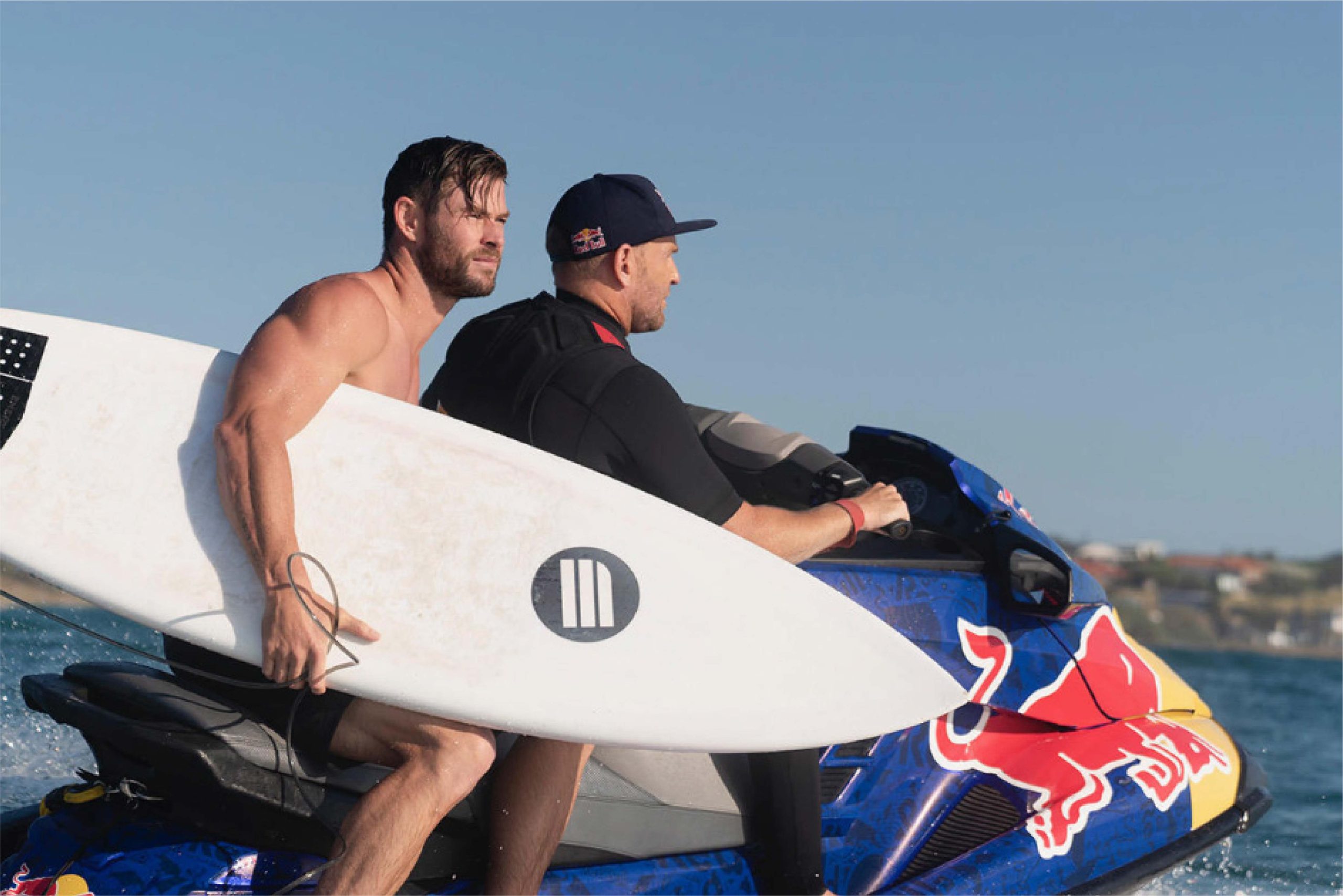Introduction
Standing out in today’s saturated marketplace requires ingenuity, authentic engagement, and forward-thinking execution. Business branding ideas are the creative building blocks that transform ordinary customer interactions into memorable brand moments. In this article, we explore ten cutting-edge branding concepts backed by real-world examples, and provide practical guidance to help you pilot these initiatives for maximal impact.
Blockchain Provenance for Authenticity
Consumers increasingly demand transparency and ethical sourcing. Blockchain-backed provenance systems allow brands to authenticate products at every stage of the supply chain. This builds trust and creates compelling storytelling opportunities.
Case Study: LVMH Aura Blockchain Consortium Luxury conglomerate LVMH joined with Prada and Cartier to launch the Aura blockchain platform. Customers scan a QR code on high-end goods to access an immutable record of origin, craftsmanship details, and ownership history. This initiative strengthened brand loyalty by ensuring product authenticity and supporting compelling narratives around artisanal heritage.
Implementation Tip Partner with industry peers to share blockchain infrastructure costs and combine user bases. Start with a pilot on flagship SKUs before scaling to broader product lines.
NFT Loyalty Tokens for Community Engagement
Non-fungible tokens (NFTs) can convert loyalty programs into dynamic digital collectibles, rewarding brand advocates with unique assets that carry real-world value and brand prestige.
Case Study: Starbucks Odyssey Starbucks introduced Odyssey, a blockchain-based loyalty experience where customers earn and trade digital collectibles by participating in brand challenges. These NFTs unlock exclusive experiences such as virtual tastings and limited-edition merchandise, increasing program participation by over 30%.
Implementation Tip Design NFT rewards that offer both digital bragging rights and tangible benefits. Collaborate with artists or influencers to create limited-edition drops that reinforce your brand ethos.
AR-Powered Packaging Experiences
Augmented reality (AR) on packaging transforms static designs into interactive portals, deepening customer engagement at the point of consumption.
Case Study: Pringles AR Pop Pringles partnered with an AR developer to create a mobile app that animates their iconic chip can. Scanning the can triggers interactive games and cooking demos, driving a 25% increase in repeat purchases among app users.
Implementation Tip Develop a branded AR app or integrate AR experiences into existing mobile platforms. Focus on value-added content such as recipes, tutorials, or gamified rewards to incentivize repeat scans.
Voice-Activated Brand Interactions
Voice assistants offer hands-free brand touchpoints that deliver frictionless service and personalized engagement.
Case Study: Domino’s Pizza Skill for Alexa Domino’s integrated an Alexa skill that allows customers to reorder favorite pizzas or track deliveries with simple voice commands. This seamless experience accounted for a significant share of digital sales growth and showcased brand innovation.
Implementation Tip Identify high-frequency customer actions—such as ordering, tracking, or support—and prioritize voice enhancements. Ensure multi-channel consistency by aligning voice scripts with web and app copy.
AI-Curated Personalized Playlists
Harnessing AI to create customized content not only entertains but also embeds your brand into daily routines.
Case Study: Spotify Wrapped Extension Spotify’s annual Wrapped campaign analyzes user listening habits and presents personalized playlists along with shareable digital assets. Branded storytelling around personal data created a viral sensation, boosting user engagement and new subscriptions.
Implementation Tip Collect user preferences through surveys or behavioral data. Leverage machine learning algorithms to generate and update content playlists, then integrate social-sharing features to amplify reach.
Shoppable Video Experiences
Interactive video content allows viewers to shop directly within the video frame, merging inspiration with instant purchase capability.
Case Study: YouTube Shopping with Shopify Shopify merchants can tag products in YouTube videos, enabling viewers to click and purchase seamlessly. Early adopters reported a 20% uplift in conversion rates attributed to in-video purchasing.
Implementation Tip Produce engaging short-form video that features product demonstrations or story-driven narratives. Tag products selectively in high-engagement segments to optimize click-through.
Personalized Holographic Presentations
Holographic displays create unforgettable brand presentations at events and showrooms.
Case Study: Porsche Holographic Showroom Launch Porsche showcased its Taycan electric vehicle with a life-size holographic projection at global launch events. Attendees could explore detailed vehicle features in 3D space, enhancing perceived innovation and luxury.
Implementation Tip Start with small-scale holographic installations at flagship locations or trade shows. Blend hologram content with live demos and interactive kiosks to drive deeper engagement.
Sustainable Returnable Packaging with IoT Tracking
Combine sustainability and technology by offering returnable packaging integrated with IoT tracking. This reduces waste and embeds brand values into operational innovation.
Case Study: Loop by TerraCycle
Loop’s reusable packaging model partners with major FMCG brands. Smart packaging units include RFID tags that track deposit status and enable seamless returns, aligning sustainability with convenience.
Implementation Tip Collaborate with logistics and recycling partners to build an end-to-end returnable system. Educate consumers on environmental impact and convenience benefits through clear labeling and digital dashboards.
Live VR Brand Events
Virtual reality events extend reach beyond physical venues and foster global community interaction.
Case Study: Kia’s Virtual Test Drive Experience Kia hosted a VR test drive during the launch of its EV models, allowing participants worldwide to experience driving simulations in exotic locations. This initiative generated extensive media coverage and a 40% spike in website traffic.
Implementation Tip Leverage accessible VR platforms such as Oculus App Lab or WebXR to lower entry barriers. Complement VR with live Q&A sessions to maintain real-time attendee interaction.
Branded Metaverse Spaces
Establishing a presence in leading metaverse platforms positions brands at the forefront of digital innovation and community building.
Case Study: Peloton’s Immersive Gym in Horizon Worlds Peloton launched a branded gym environment in Meta’s Horizon Worlds, where users could participate in live-fitness classes with custom avatars. The immersive experience fostered a sense of community and extended brand reach to new demographics.
Implementation Tip Identify target audience hubs within popular metaverse platforms. Design branded spaces that offer exclusive content or experiences, encouraging repeat visits and social sharing.
Conclusion
Innovative branding ideas are catalysts for deeper customer connections, enhanced loyalty, and sustained growth. By integrating blockchain transparency, AR/VR immersion, AI personalization, and sustainable practices, your brand can forge meaningful experiences that resonate in the digital age.
Ready to pilot these concepts and elevate your brand’s market impact? Partner with BRANDlab to bring visionary branding strategies to life. Get in touch and let’s shape the future of your brand together:










